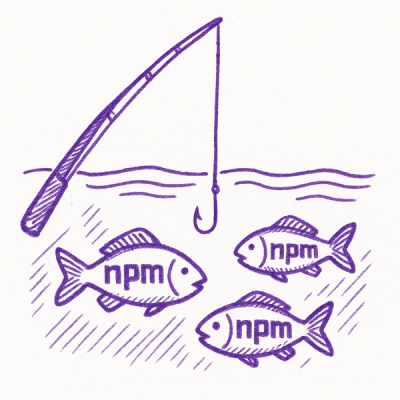goose
goose is a database migration tool.
goose-sqlite
goose-sqlite is a fork of goose hacked (tastfully) to work with sqlite3. Support for other databases has been removed to minimize the overhead (in the spirit of sqlite). Everything else remains the same.
You can manage your database's evolution by creating incremental SQL or Go scripts.
Install
$ go get bitbucket.org/dastels/goose-sqlite
This will install the goose-sqlite binary to your $GOPATH/bin directory.
Usage
goose-sqlite provides several commands to help manage your database schema.
create
Create a new migration script.
$ goose-sqlite create AddSomeColumns
$ goose: created db/migrations/20130106093224_AddSomeColumns.go
Edit the newly created script to define the behavior of your migration.
up
Apply all available migrations.
$ goose-sqlite up
$ goose: migrating db environment 'development', current version: 0, target: 3
$ OK 001_basics.sql
$ OK 002_next.sql
$ OK 003_and_again.go
down
Roll back a single migration from the current version.
$ goose-sqlite down
$ goose: migrating db environment 'development', current version: 3, target: 2
$ OK 003_and_again.go
status
Print the status of all migrations:
$ goose-sqlite status
$ goose: status for environment 'development'
$ Applied At Migration
$ =======================================
$ Sun Jan 6 11:25:03 2013 -- 001_basics.sql
$ Sun Jan 6 11:25:03 2013 -- 002_next.sql
$ Pending -- 003_and_again.go
goose-sqlite -h provides more detailed info on each command.
Migrations
goose-sqlite supports migrations written in SQL or in Go.
SQL Migrations
A sample SQL migration looks like:
:::sql
-- +goose Up
CREATE TABLE post (
id int NOT NULL,
title text,
body text,
PRIMARY KEY(id)
);
-- +goose Down
DROP TABLE post;
Notice the annotations in the comments. Any statements following -- +goose Up will be executed as part of a forward migration, and any statements following -- +goose Down will be executed as part of a rollback.
Go Migrations
A sample Go migration looks like:
:::go
package migration_003
import (
"database/sql"
"fmt"
)
func Up(txn *sql.Tx) {
fmt.Println("Hello from migration_003 Up!")
}
func Down(txn *sql.Tx) {
fmt.Println("Hello from migration_003 Down!")
}
Up() will be executed as part of a forward migration, and Down() will be executed as part of a rollback.
A transaction is provided, rather than the DB instance directly, since goose-sqlite also needs to record the schema version within the same transaction. Each migration should run as a single transaction to ensure DB integrity, so it's good practice anyway.
Configuration
goose-sqlite expects you to maintain a folder (typically called "db"), which contains the following:
- a dbconf.yml file that describes the database configurations you'd like to use
- a folder called "migrations" which contains .sql and/or .go scripts that implement your migrations
You may use the -path option to specify an alternate location for the folder containing your config and migrations.
A sample dbconf.yml looks like
development:
driver: sqlite
open: path/to/my/database
Here, development specifies the name of the environment, and the driver and open elements are passed directly to database/sql to access the specified database.
You may include as many environments as you like, and you can use the -env command line option to specify which one to use. goose-sqlite defaults to using an environment called development.
goose-sqlite will expand environment variables in the open element.



